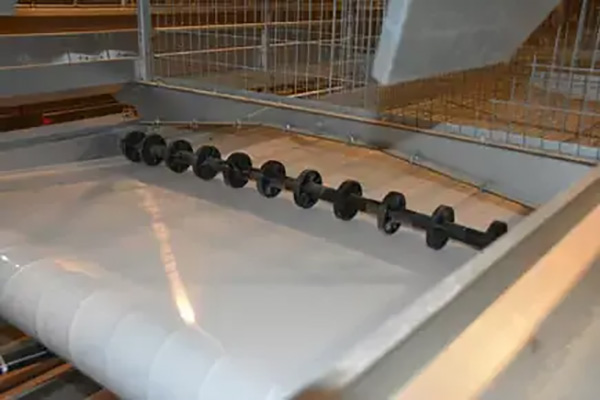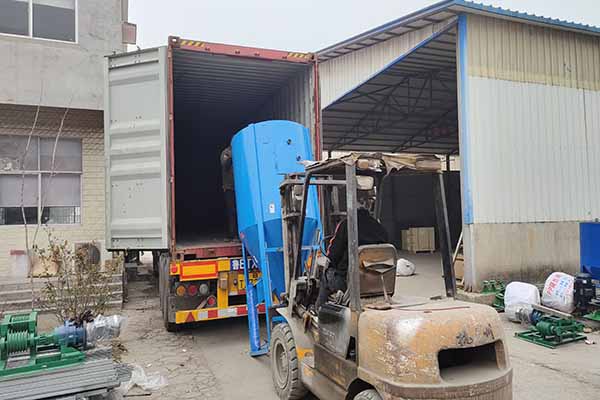Egg Layer Battery Cages in Tanzania: An Overview and the Benefits
Introduction to Battery Cages in Egg Layer Production
Battery cages are widely used in the commercial egg layer industry for efficient egg production. These systems are known for their high density, which maximizes the space utilization and labor efficiency. Tanzania, like many other countries, has adopted this method to boost its egg production capabilities.

The Egg Layer Battery Cages Market in Tanzania
As of 2023, Tanzania’s egg layer battery cage market has been steadily growing. The market is expected to see a compound annual growth rate (CAGR) of approximately 5.5% over the next five years. This growth can be attributed to the increasing demand for eggs and the need for improved production practices.
| Year | Estimated CAGR | Egg Production (millions) |
|---|---|---|
| 2018 | 4.8% | 2.3 |
| 2019 | 4.9% | 2.4 |
| 2020 | 5.1% | 2.5 |
| 2021 | 5.4% | 2.6 |
| 2022 | 5.5% | 2.7 |
Key Benefits of Battery Cages
- Consistent Egg Quality: Battery cages provide a controlled environment that helps maintain consistent egg quality.
- Increased Productivity: High-density housing can lead to increased productivity due to better feed conversion rates and less disease risk.
- Space Efficiency: The compact design allows for efficient use of land and labor, making it cost-effective for farmers.
- Reduction in Biosecurity Risk: Isolated housing minimizes the risk of disease transmission among flocks.
Regulatory Framework in Tanzania
The Tanzania Food and Drug Authority (TFDA) oversees the egg production sector, ensuring compliance with safety and quality standards. It is essential for egg producers to adhere to these regulations, which often include specific guidelines on the use of battery cages.

Conclusion
Battery cages offer a practical solution for egg layer production in Tanzania, promoting efficiency and sustainability in the industry. With the market projected to grow, it’s a promising investment for poultry farmers and industry investors.




